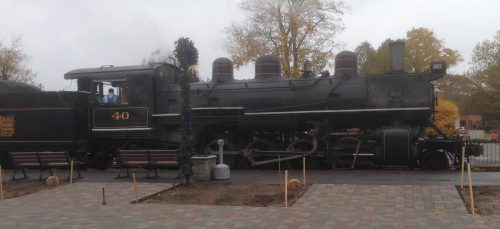A 9-year-old boy lobbied successfully to get his town’s ban on snowball fights overturned.
Reminded me again of some comments by Goethe, circa 1828, which were the subject of a post here several years ago. He observed that when Englishmen came to town, they were invariably a hit with the local women. Indeed, when one of them came to visit, Goethe found it necessary to brace himself for the inevitable female tears upon the visitor’s departure. His friend Eckermann objected that Englishmen were not “more clever, better informed, or more excellent at heart than other people.”
“The secret does not lie in these things, my good friend,” returned Goethe. ““Neither does it lie in birth and riches; it lies in the courage which they have to be that for which nature has made them. There is nothing vitiated or spoilt about them, there is nothing halfway or crooked; but such as they are, they are thoroughly complete men. That they are also sometimes complete fools, I allow with all my heart; but that is still something, and has still always some weight in the scale of nature.”
Goethe goes on to contrast the upbringing of English boys with that typical in his own country:
“In our own dear Weimar, I need only look out of the window to discover how matters stand with us. Lately, when the snow was lying upon the ground, and my neighbour’s children were trying their little sledges in the street, the police was immediately at hand, and I saw the poor little things fly as quickly as they could. Now, when the spring sun tempts them from the houses, and they would like to play with their companions before the door, I see them always constrained, as if they were not safe, and feared the approach of some despot of the police. Not a boy may crack a whip, or sing or shout; the police is immediately at hand to forbid it. This has the effect with us all of taming youth prematurely, and of driving out all originality and all wildness, so that in the end nothing remains but the Philistine.
It’s not obvious to me why Goethe didn’t take up this issue of excessive policing with his very good friend Karl August, who as Grand Duke was pretty much the absolute ruler of Saxe-Weimar-Eisenach. Still, an interesting remark, given the increasing constraints on childhood in our own present culture.
What is also very interesting is that almost a century later, former Kaiser Wilhelm II made some rather similar observations in his memoirs:

